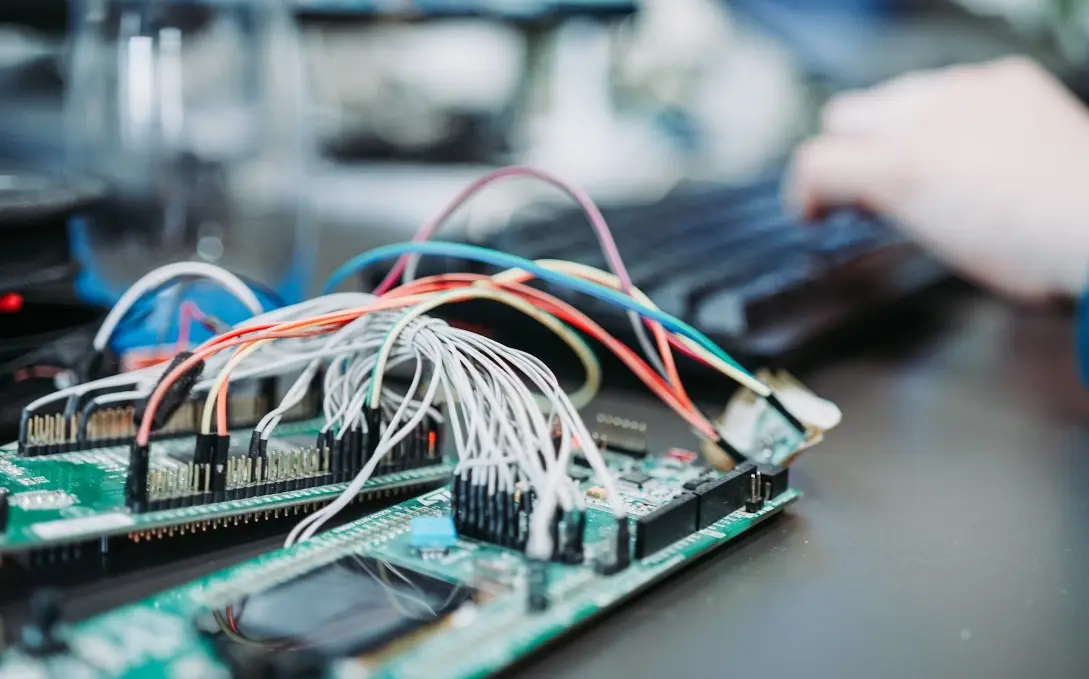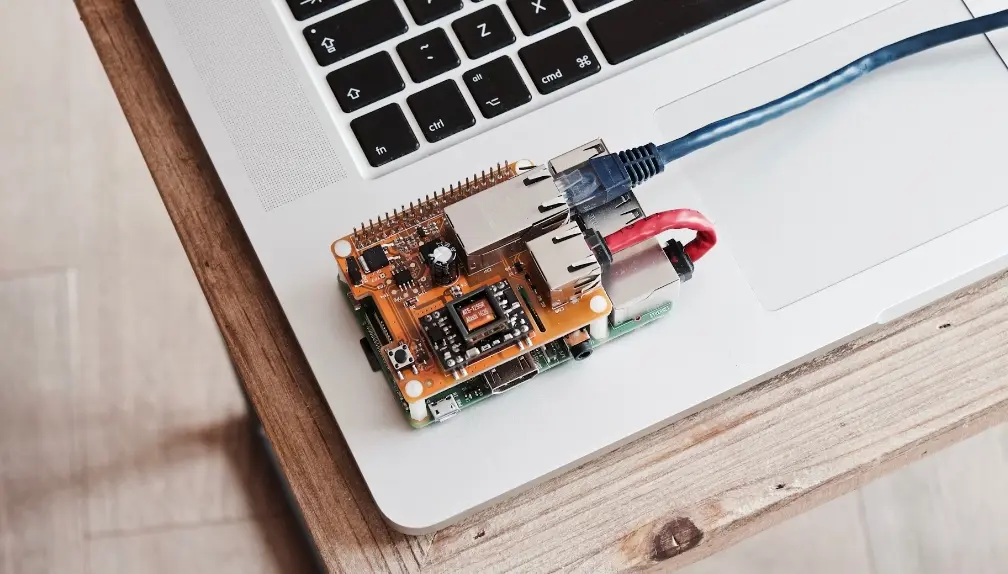
IEC 60335-2-29 Testing Services
Introduction to iec 60335-2-29
IEC 60335-2-29 is an international safety standard issued by the International Electrotechnical Commission (IEC) concerning household and similar electrical appliances. The following provides a detailed overview of this standard:
Overview of the Standard
The IEC 60335-2-29 standard aims to ensure the safety of household and similar electrical appliances, particULarly those that involve functional fluids (e.g., certain appliances used to heat or process liquids) and battery chargers. It specifies safety requirements and testing methods for these appliances to safeguard user safety during operation.
Scope of Application
IEC 60335-2-29 applies to the following categories of electrical appliances:
1. Household appliances using liquid fuels (e.g., gas, oil) such as stoves, cookers, and water heaters.
2. Battery chargers for household and similar uses with a ripple-free direct current output not exceeding 250V and a rated voltage not exceeding 250V. This includes:
Battery chargers used in household terminal applications outside the scope of the IEC 60335 series.
Chargers not intended for typical household use but which may pose hazards to the public (e.g., those used in garages, shops, light industry, and farms).
Key Safety Requirements
IEC 60335-2-29 outlines detailed safety requirements for electrical appliances, including but not limited to:
1. Marking and Instructions: Devices must have clear markings and user instructions to ensure proper usage.
2. Protection Against Access to Live Parts: Appliances must be designed to prevent users from contacting live electrical components.
3. Starting of Motor-Operated Appliances: Devices should have stable startup performance to avoid accidents due to faulty starts.
4. Input Power and Current: Appliances must comply with input power and current standards to prevent damage or fire risks.
5. Heating: Heat generated during operation must remain within safe limits to avoid hazards such as fire.
6. Moisture Resistance: Devices should be able to operate safely in humid environments.
7. Leakage Current and Electrical Strength: Appliances must meet standards for leakage current and insulation strength at operating temperatures.
8. Overload Protection: Devices must include protection mechanisms to guard against hazards from overloading.
9. Durability: Appliances must be durable enough to maintain safety performance over extended use.
10. Abnormal Operation: Devices should retain safety under abnormal conditions to prevent accidents.
The standard also includes requirements on stability, mechanical hazards, mechanical strength, construction, internal wiring, components, supply connection and external flexible cords, terminals for external conductors, grounding measures, screws and connections, clearances, creepage distances and solid insulation, heat and fire resistance, rust resistance, radiation, toxicity, and similar hazards.
Importance of the Standard
The formulation and implementation of IEC 60335-2-29 are crucial for ensuring the safety of household and similar appliances. It provides consumers with safer and more reliable products, REDucing incidents caused by misuse or poor product quality and protecting lives and property. Moreover, it supports the healthy development of the electrical appliance industry by standardizing design and manufacturing processes, improving product quality and safety, and promoting technological advancement and industrial upgrading.
Regional Variations
It is important to note that different regions may adapt the IEC 60335-2-29 standard to suit local market needs and regulatory requirements. For instance:
1. The European Union has adopted EN 60335-2-29, which includes adaptations in line with EU regulations.
2. Australia and New Zealand follow AS/NZS 60335-2-29, which includes specific provisions concerning appliances with functional liquids.
These regional standards help ensure the safe and reliable operation of such appliances in their respective markets.
In summary, IEC 60335-2-29 plays a vital role in ensuring the safety of household and similar electrical appliances. Consumers are encouraged to choose products that comply with this standard to ensure both safety and reliability.
Email:hello@jjrlab.com
Write your message here and send it to us
 What is a UK Authorized Representative?
What is a UK Authorized Representative?
 Food Contact Materials LFGB Compliance
Food Contact Materials LFGB Compliance
 Compliance Test Reports for Export to the US
Compliance Test Reports for Export to the US
 UKCA Certification to Replace CE Compliance in 202
UKCA Certification to Replace CE Compliance in 202
 Does Your Product Need an FCC ID?
Does Your Product Need an FCC ID?
 What Are the Battery Compliance Test Reports?
What Are the Battery Compliance Test Reports?
 Christmas Children’s Products EU & US Complian
Christmas Children’s Products EU & US Complian
 Food Packaging Material Testing
Food Packaging Material Testing
Leave us a message
24-hour online customer service at any time to respond, so that you worry!




